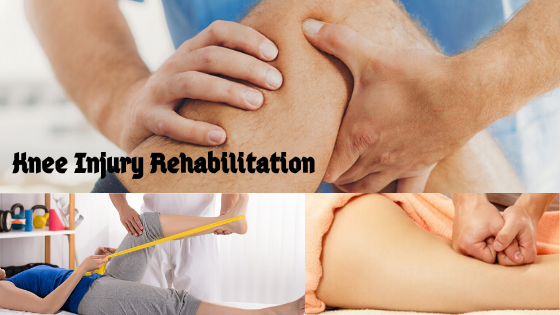Knee Pain Causes | Types | Treatment
- Overview
- Types of Knee Conditions
- Treatment
Overview
Knee
pain is by far the most common joint pain that million of people around the
word suffer from.
It can be experienced either on separate occasion (Short term problems) or chronically (Lasting for longer time) depending on the type of condition is there.
Short term knee pains generally don’t need any medical interference, and can be dealt with simple routines at home.
It can be experienced either on separate occasion (Short term problems) or chronically (Lasting for longer time) depending on the type of condition is there.
Short term knee pains generally don’t need any medical interference, and can be dealt with simple routines at home.
Knee
pain can stem from different reasons such as a sudden trauma, injury due to
overuse or an underlying condition like arthritis.
Various symptoms that can range from different levels of pain, swelling and stiffness can be noticed.
Various symptoms that can range from different levels of pain, swelling and stiffness can be noticed.
However
not every single symptom is the only true indicator of what type of condition
one is having; diagnosis involves reviewing medical history and performing some
moves with the knee joint to know the exact cause of the pain.
In case of doubt, however, other tests like X ray, Ultra sound and MRI are performed to have a clear image of the bones, tendons, ligaments and cartilage condition.
In case of doubt, however, other tests like X ray, Ultra sound and MRI are performed to have a clear image of the bones, tendons, ligaments and cartilage condition.
Types of Knee Conditions
Injuries
or other conditions of the knee are not confined to a particular group of
people.
A wide range of people with different fitness levels and ages may have knee conditions resulting from injuries, mechanical problems or types of arthritis.
A wide range of people with different fitness levels and ages may have knee conditions resulting from injuries, mechanical problems or types of arthritis.
1. Injuries
Injuries
can occur at the level of tendons, ligaments or bursa (The fluid-filled sacs around
the knee joint).
Injuries can also be worse enough to affect bones and cartilage. These injuries are:
Injuries can also be worse enough to affect bones and cartilage. These injuries are:
- ACL
Strain or Tear
- PCL
Strain or Tear
- MCL
Strain or Tear
- Bone
Fractures
- Patellar
Tendinitis
- Patellar subluxation (Dislocation)
- Brusitis
- Meniscal
Tear
2. Mechanical Problems
Some
problems related to wrong body mechanics can also be a cause of knee pain.
Here are a few of them:
Here are a few of them:
- Loose
Bodies (Floating inside knee joint)
- IT
Band Syndrome (Iliotibial Band Syndrome)
- Anterior
Pelvic Tilt
- Poor
Foot Biomechanics (Foot Pronation)
- Lack
of Flexibility and strength (Of muscles)
- Obesity
3. Arthritis
There
are about 100 different types of arthritis that cause different kinds of knee pain.
The most common types of arthritis are:
The most common types of arthritis are:
- Rheumatoid
Arthritis
- Osteoarthritis
- Psoriatic
Arthritis
- Fibromyalgia
- Gout
- Pseudogout
- Septic
arthritis (Infectious arthritis)
Treatment
Treatment
of knee conditions is dependent on the cause of pain; however, in all cases a specialist
ought to be consulted to determine what type of condition it is.
This is because different types of pain may overlap in different conditions and makes it hard to diagnose it without professional help.
This is because different types of pain may overlap in different conditions and makes it hard to diagnose it without professional help.
Most
minor injuries or mechanical problems can be treated at home or by a physical
therapist.
Only chronic pain that results from damage like tendon, ligament or cartilage tears and fractures require surgical interference.
Only chronic pain that results from damage like tendon, ligament or cartilage tears and fractures require surgical interference.
As
for the home remedies, and rest applying ice on the knee may relieve pain.
Yet, excessive rest can worsen the problem; too much rest and refraining from moderate exercise make the muscles around the knee weak and hence all stress will be handles by the injured knee.
This complicates the problem and may cause further injuries.
This is why physical therapy and exercise to strengthen the muscles around the knee is really helpful to take excessive stress off the knee.
Yet, excessive rest can worsen the problem; too much rest and refraining from moderate exercise make the muscles around the knee weak and hence all stress will be handles by the injured knee.
This complicates the problem and may cause further injuries.
 |
| Physical Therapy for Restoring an Injured Knee |
This is why physical therapy and exercise to strengthen the muscles around the knee is really helpful to take excessive stress off the knee.
Along
with keeping the knee on the move during minor or short term injuries, having
over the counter medicines that relieve pain is beneficial.


Post a Comment